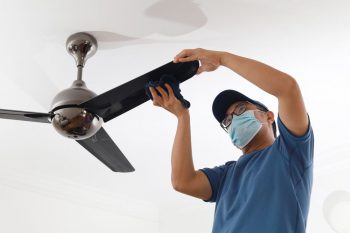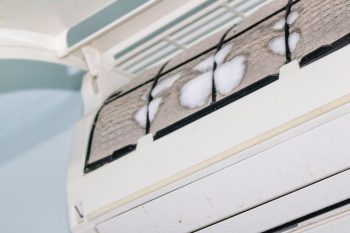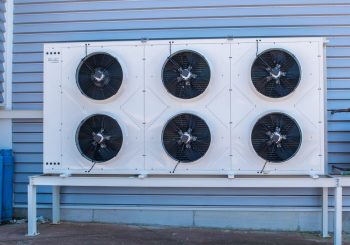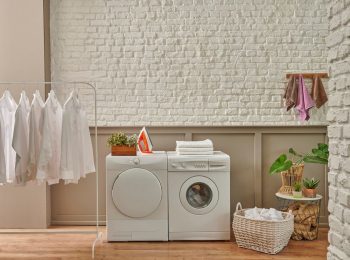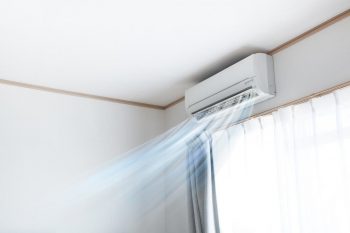
Sweating microwaves bothers many these days, and there are various reasons why it can happen. Fret not. It is something that you can quickly get over.
All you need to do is follow the right approach and apply the proper technique to fix this issue.
It can sometimes happen naturally, and you need to let it be. Other times, you might need to check the door, keep it clean after each use, and unblock the vents to make it function smoothly again.
If making your microwave free of moisture buildup in each session tops the list of your must-dos, then you’re at the right place.
Just follow any of the following ways to fix this buildup permanently:
- Let it Be
- Clean After Each Use
- Unclog the Vents
- Properly Check the Door
We’ll quickly go through all the possible ways in which you can fix the problem of your microwave being sweaty while in use. Without further ado, let’s look at all the ways.
4 Ways To Fix the Moisture Buildup in Your Microwave
Getting rid of the moisture can be arduous and annoying because it can recur when you move to a new cooking session or heat food in your microwave.
Here are the five best ways to avoid this from happening and solve it permanently:
1. Let It Be
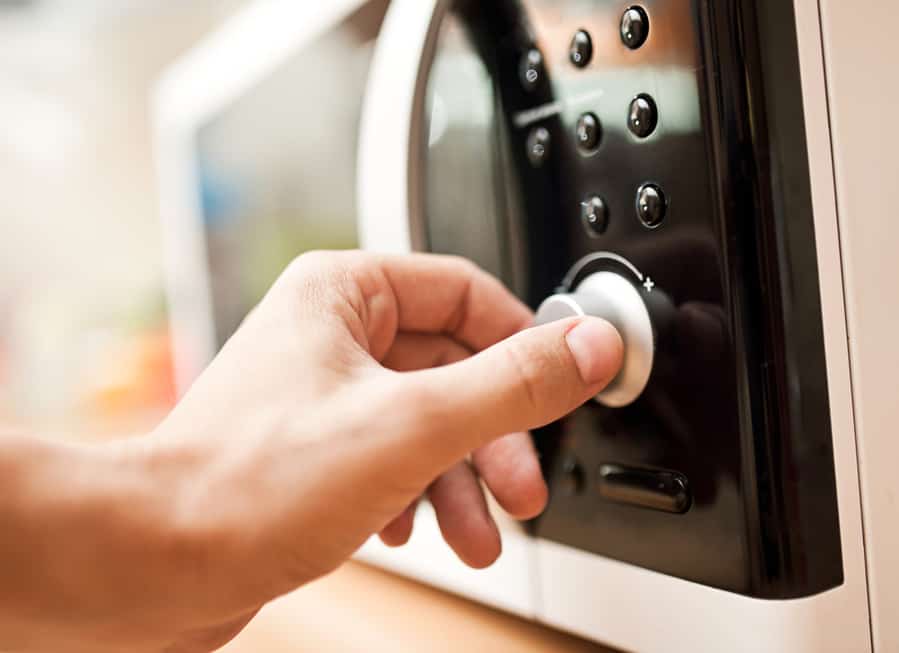
Sometimes, it’s nothing but you overthinking every inconvenience that comes your way. Moisture buildup is often part of food heating, especially when the food you’re using it for has a high water and moisture content.
It’s normal for such food items to leave moisture inside your microwave. You will want to wipe it off later. It can occur due to the evaporation of the water content in the food and suggests nothing to worry about.
2. Clean After Each Use
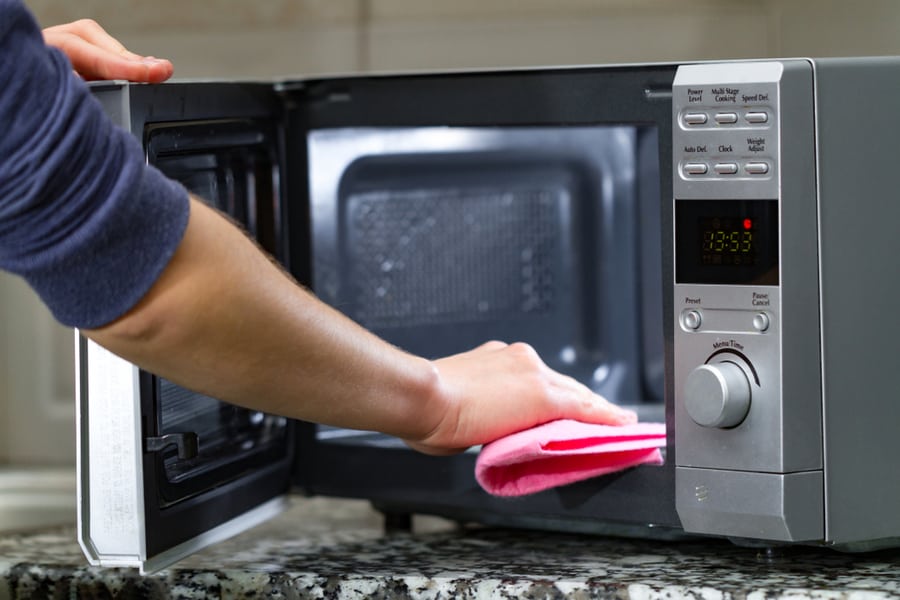
Relax, we’re not talking about grabbing your cleaning reagents and cleaning your microwave for five minutes straight. You will need to adopt a rough cleaning practice to make sure that there are no particles of the food left in the oven.
It would help if you were extra careful when dealing with liquid items and drinks. Spills and food remnants can not only affect the efficiency of your device but can also make it smell unpleasant at all times.
Keep a rough cloth near your microwave and wipe off the stains after using this cloth piece. In addition to preventing sweat buildup inside, It will increase your device’s longevity and efficiency.
3. Unclog the Vents

When you have something blocking the vents of your microwave, it will manifest in the form of moisture buildup on the door and inside of your device.
It also affects the temperature regulation and heating capacity of your device.
When the vents are blocked, they cannot let the warm air pass through the device, messing with the inside temperature of your device and making the temperature dangerously high for the health of your system and the food.
4. Properly Check the Door
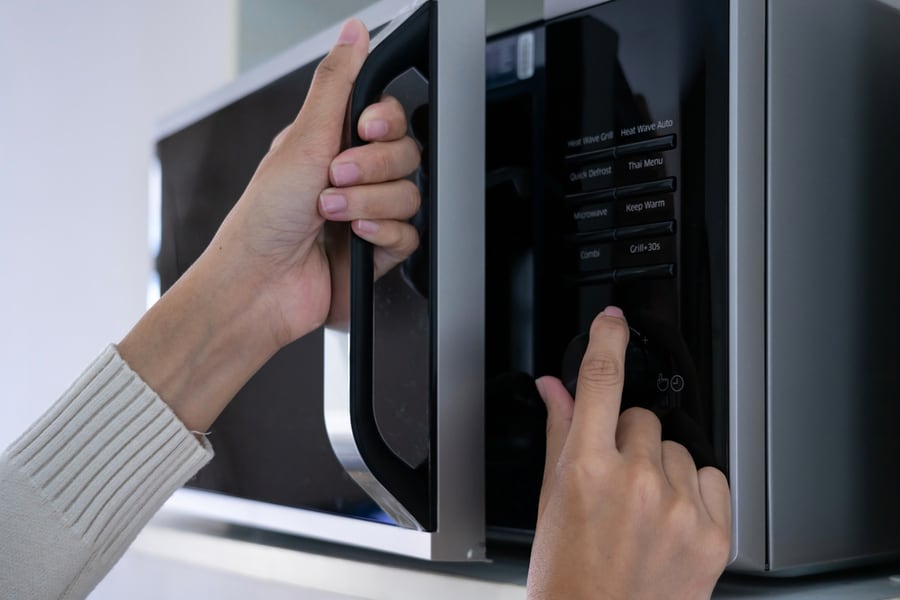
One of the most common reasons you have moisture buildup inside your oven is that the door dodoesn’tlose properly when you turn your device on.
It can happen because of a lack of attention or a problem with the dodoor’sardware.
To solve the former, you will need to make sure that yoyou’relosing the door of your device every time you put something in to cook, and for the latter, you can call a technician to know whwhat’srong with the door.
Takeaway
Having a moisture buildup in your microwave every time you try to warm your food up is not something to be anxious about because there are several ways to get rid of this problem.
From fixing the door to unclogging the vents, you can quickly fix this issue.
You can let it fit only when you warm the food with high moisture content, as it is normal for such food items to produce moisture in the microwave.
Lastly, you would also want to strictly check your microwave’s cleanliness to ensure it functions smoothly and efficiently without giving the moisture issue ever again.
Frequently Asked Questions
Is This Normal To Have Condensation Between the Glass Panes of My Microwave?
Yes, it can typically happen in all microwaves when you cook food with high water content. The water vapors evaporate because of the high temperature and then condense to form moisture droplets on the glass panes.


